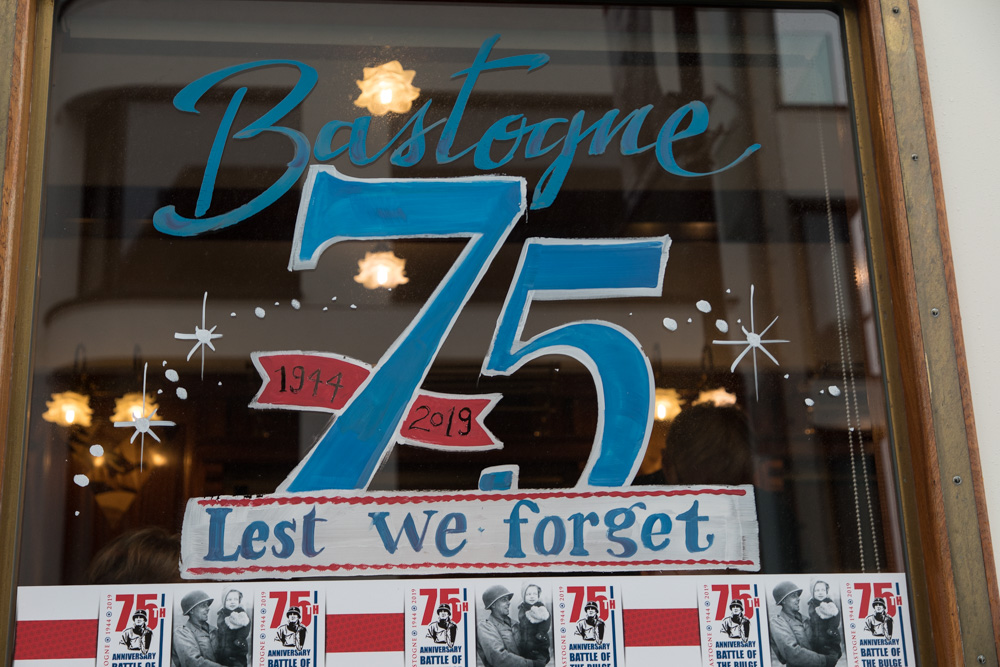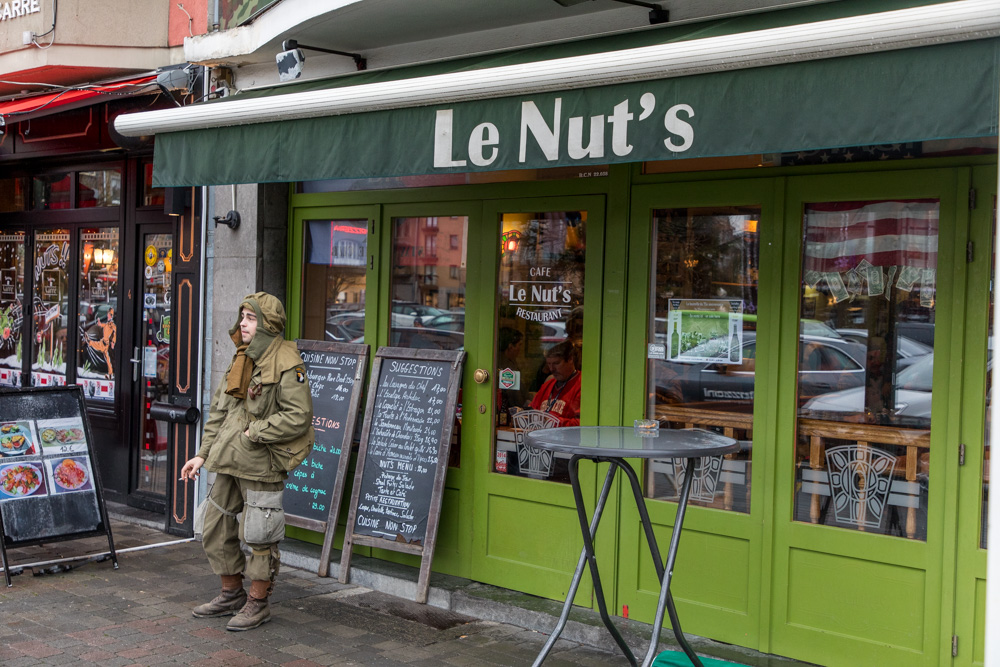Wednesday, December 11, 2019 -
The village of Bastogne is small. I suppose its claim to fame is now the war in which it
played a critical role some 75 years ago. There are several museums and monuments - each
memorial holds a story and the museums have cataloged an incredible number of found artifacts to
document this monumental battle.
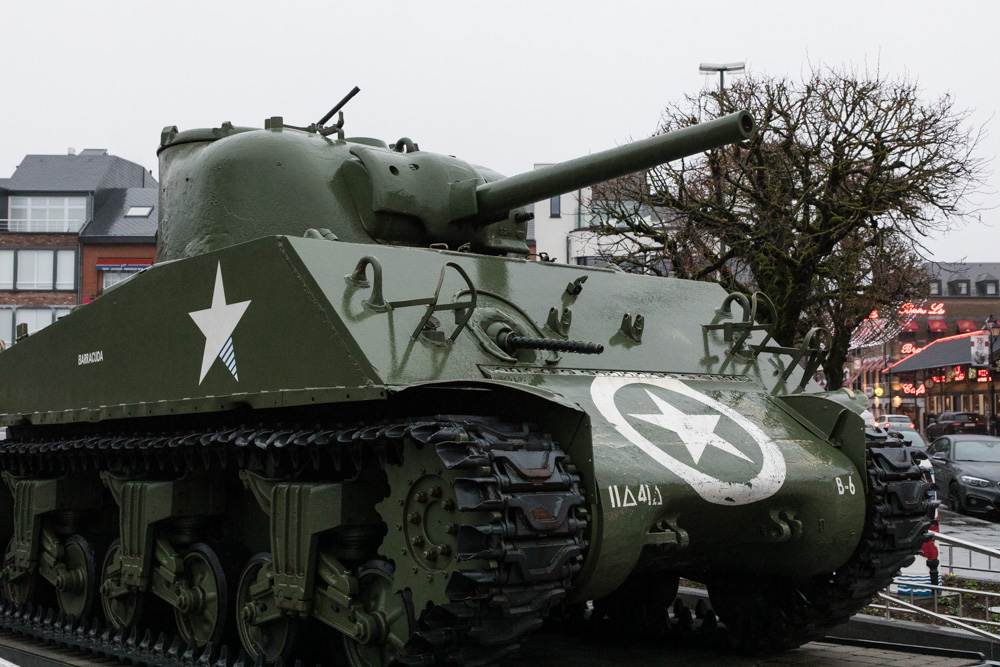

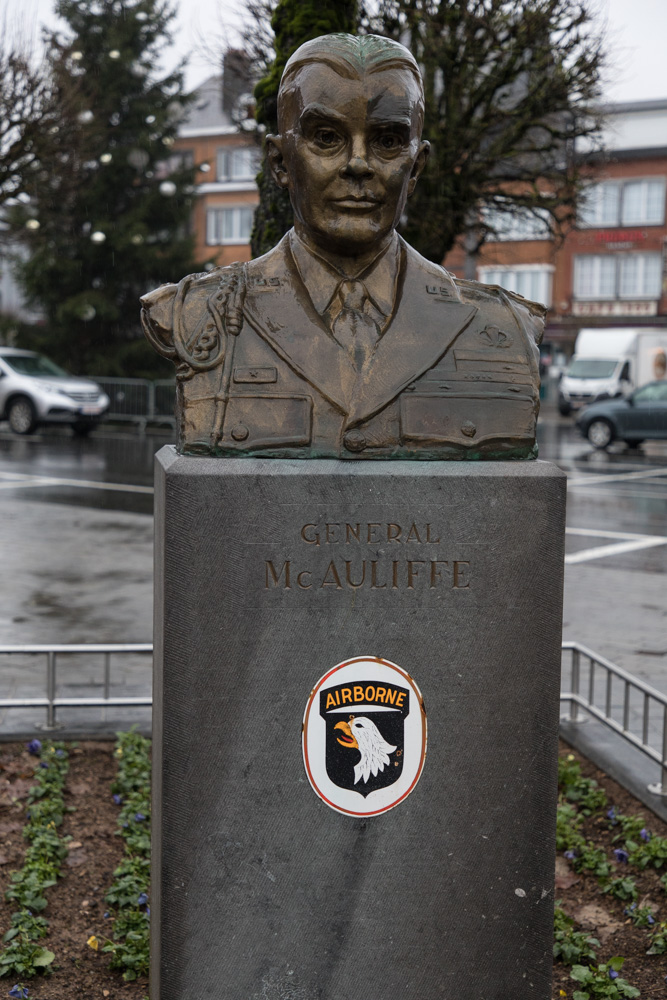
The Germans had the 101st surrounded in Bastogne and asked the Americans to surrender. According to those present when McAuliffe received the German message, he read it, crumpled it into a ball, threw it in a wastepaper basket, and muttered, "Aw, nuts". Lt. Col. Harry Kinnard suggested that McAuliffe's first response summed up the situation pretty well so the reply to the Germans was simply "Nuts".
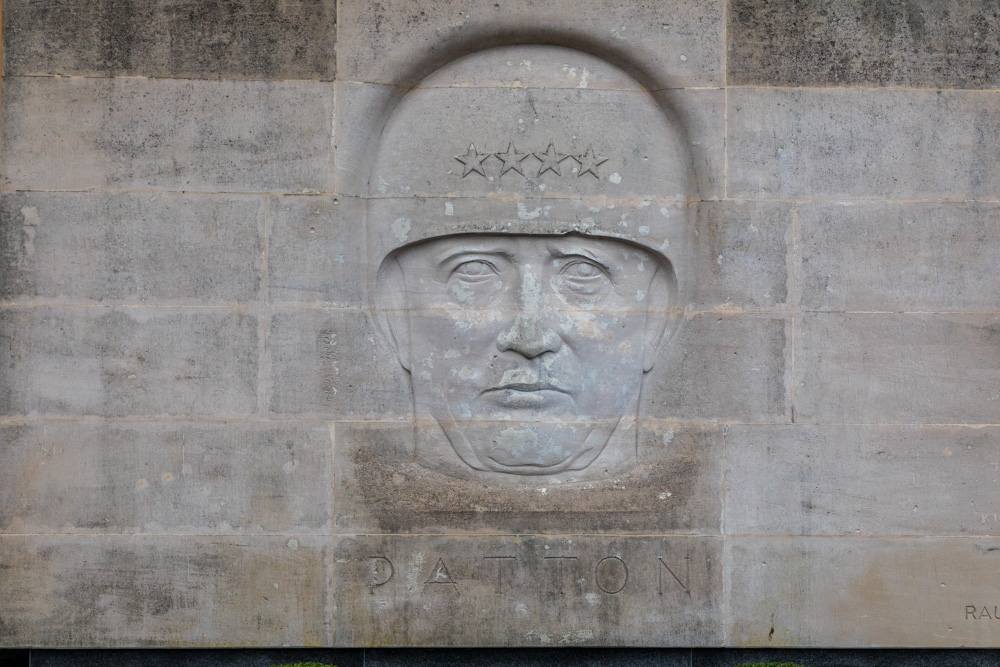
a rather subtle monument for such an unsubtle soldier.
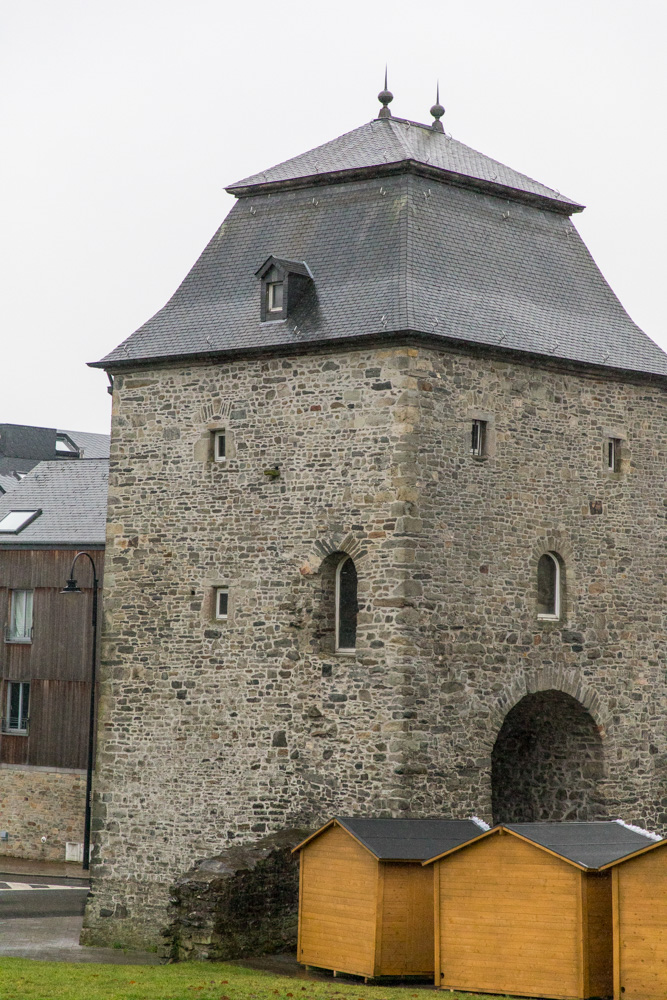
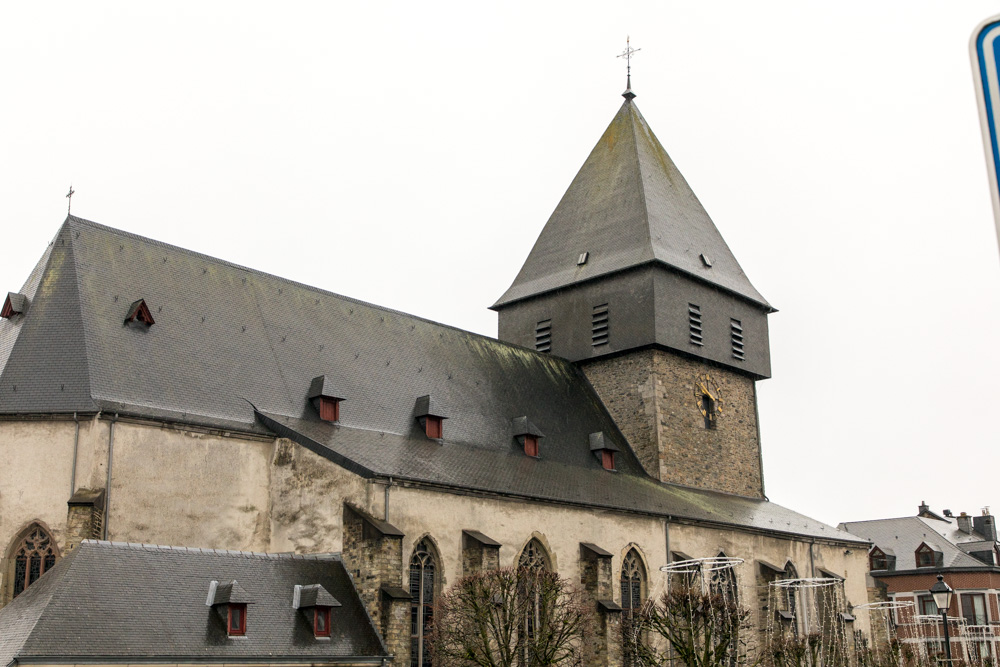
In the Band of Brothers miniseries this church is used as an aid station and then bombed on Christmas Eve. That did not happen - the aid station and bombing were at a chapel across the street. Our guide had great things to say about the BoB series as he thought it gave a good representation of the conditions during the Battle of the Bulge.
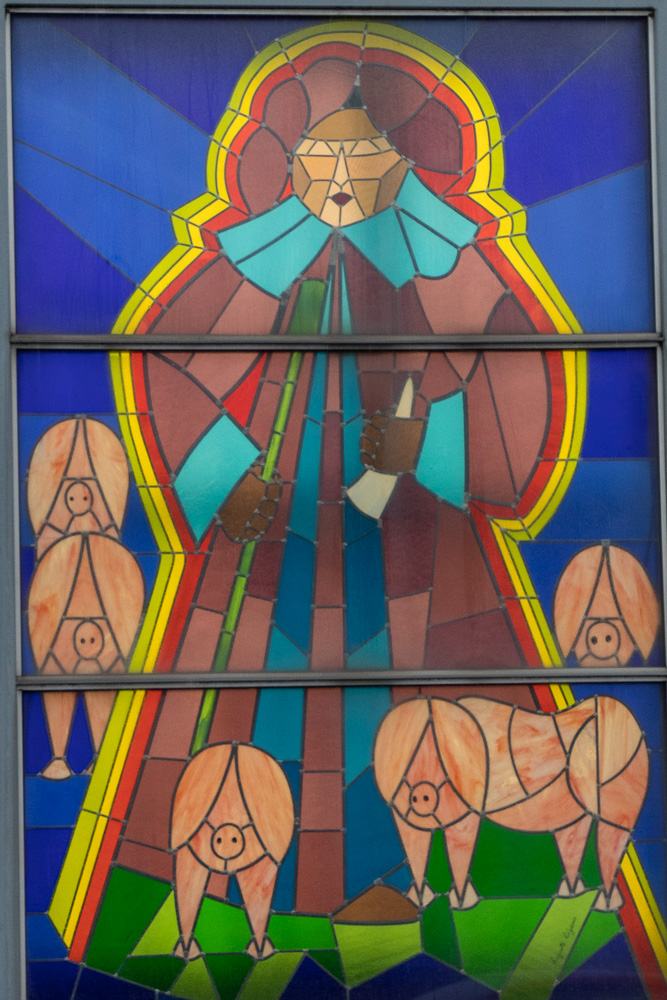

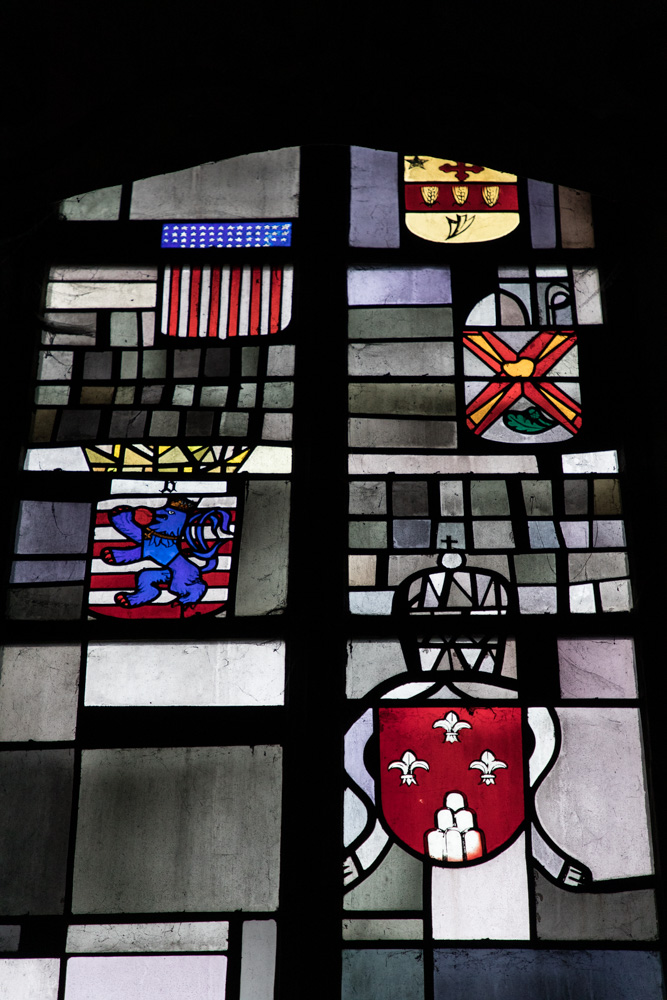
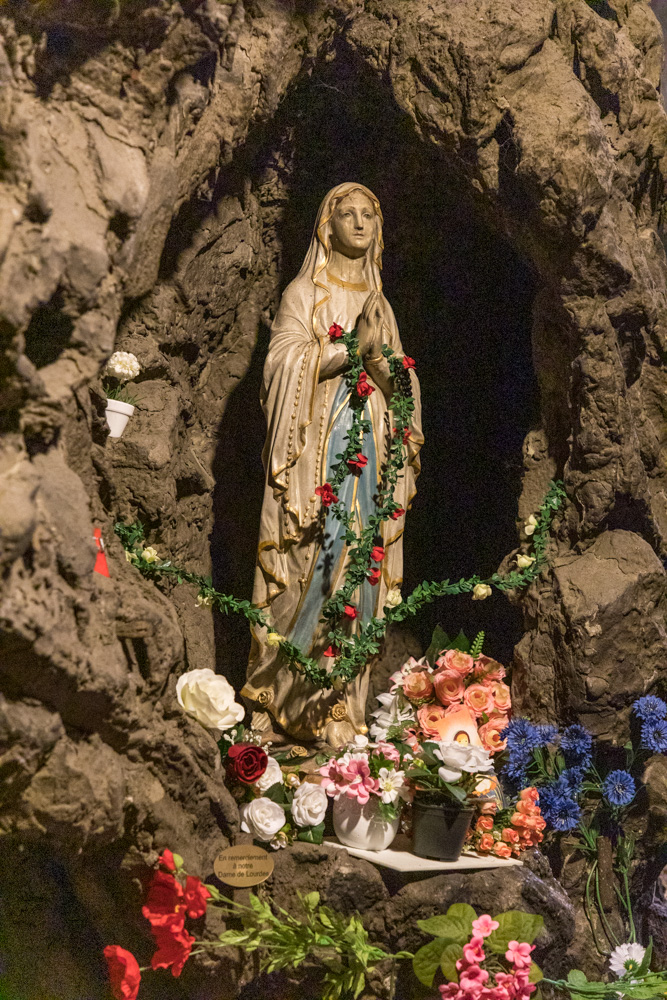
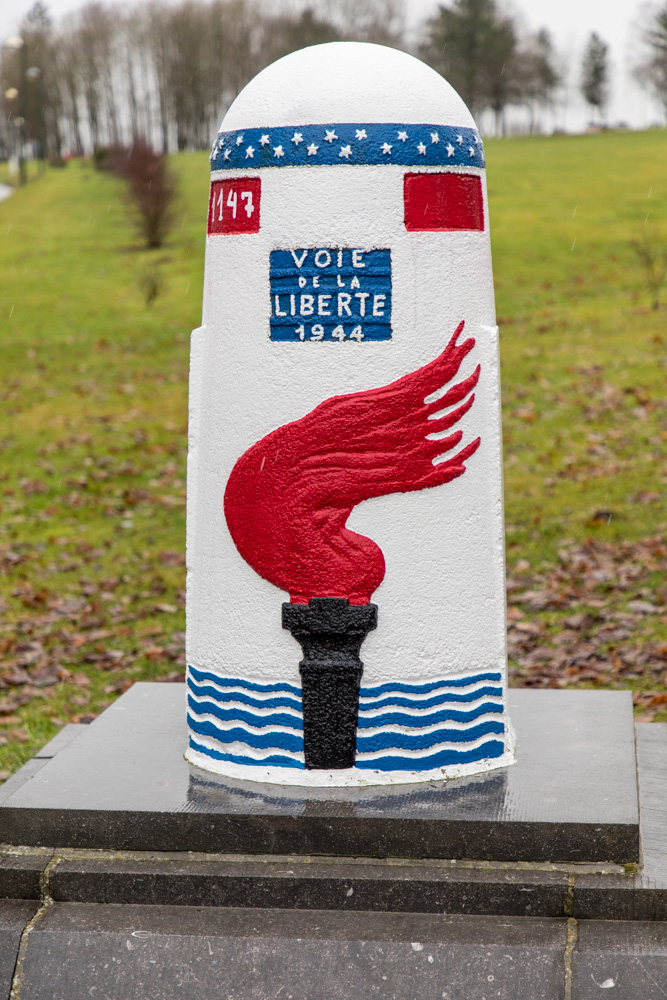
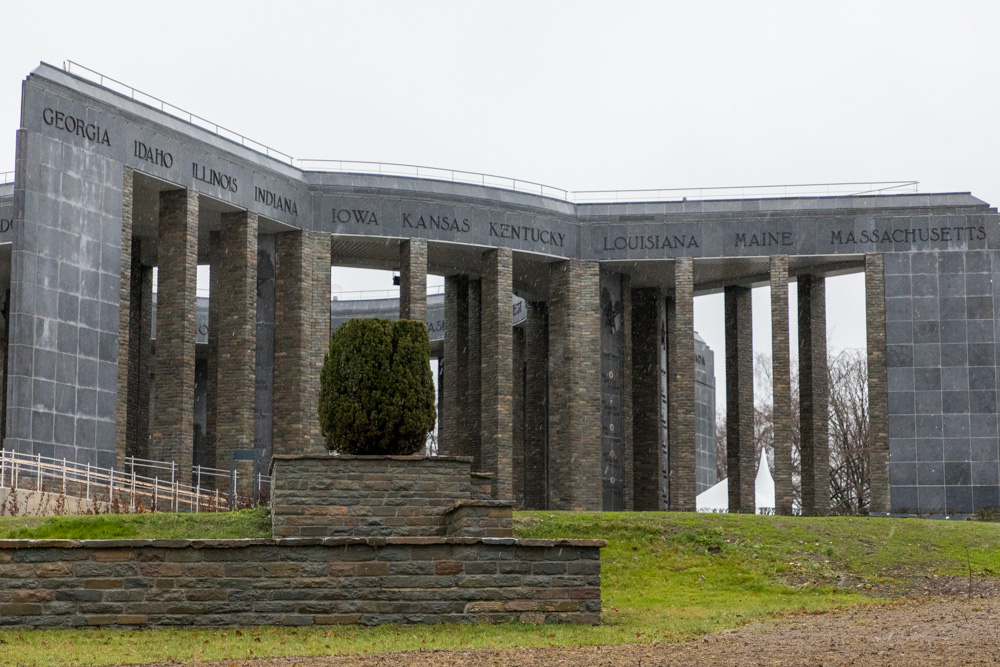
The Battle of the Bulge, also known as the Ardennes Counteroffensive, was the last major German offensive campaign on the Western Front during World War II, launched against the American First Army in the early morning hours of December 16, 1944, and would result in the greatest single extended land battle of World War II. The battles were fought in the Ardennes forest of Belgium and Luxembourg from December 1944 through January 1945. Almost one million soldiers would take part in the fighting. British Prime Minister Winston Churchill would state in the House of Commons on January 18, 1945, that this was "undoubtedly the greatest American battle of the war and will, I believe, be regarded as an ever-famous American victory." The price paid by the Western Allied forces was terribly high with 80,000 men lost, all but 1,400 were Americans. Estimates of German casualties range from 90,000-120,000.
From "War Stories of the Battle of the Bulge," by Michael Green and James D. Brown.
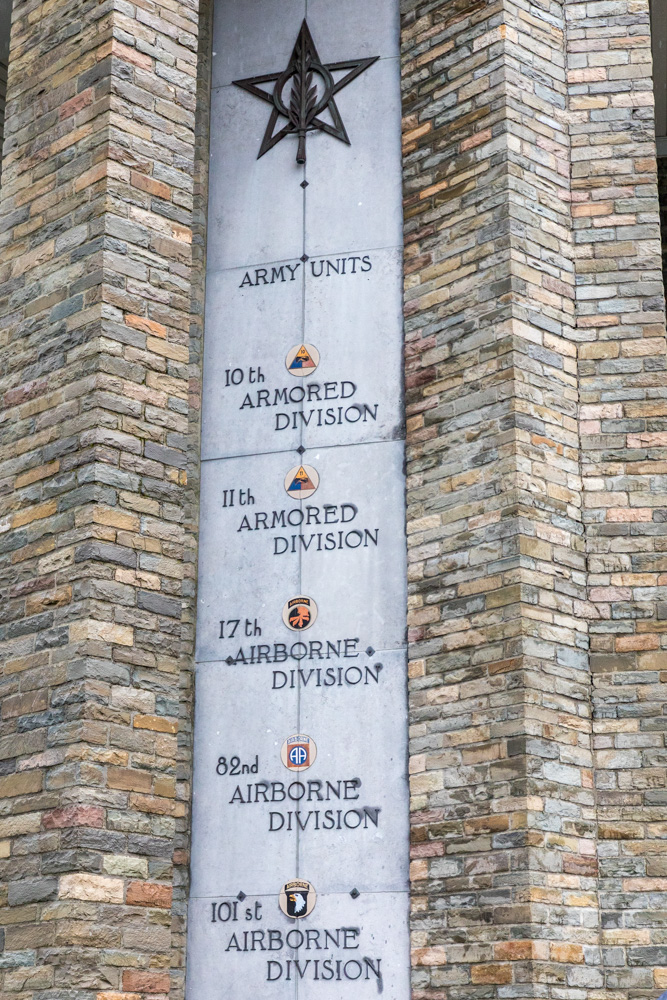
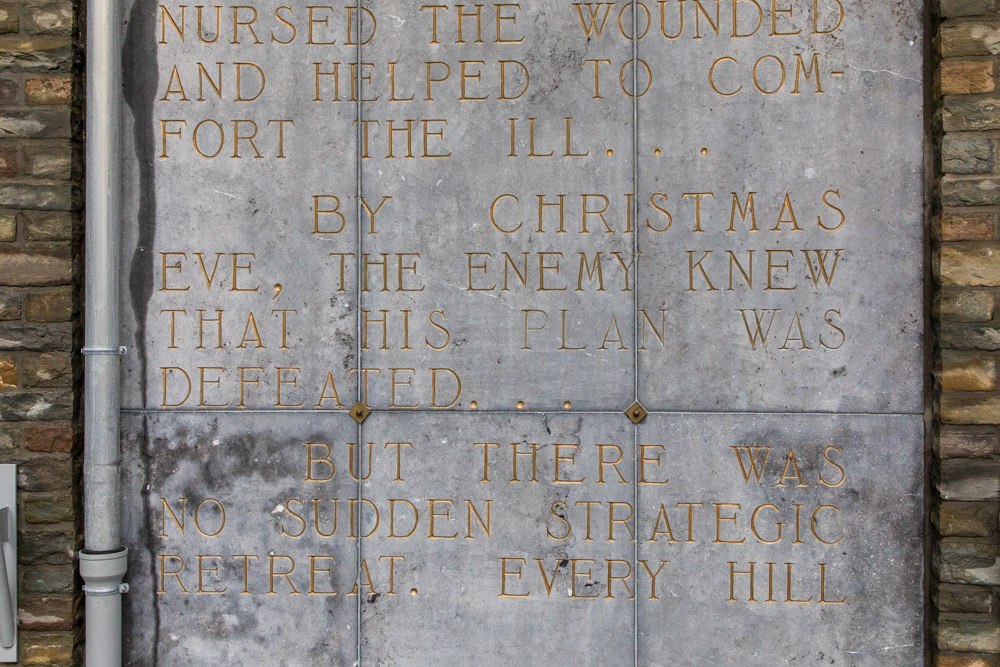
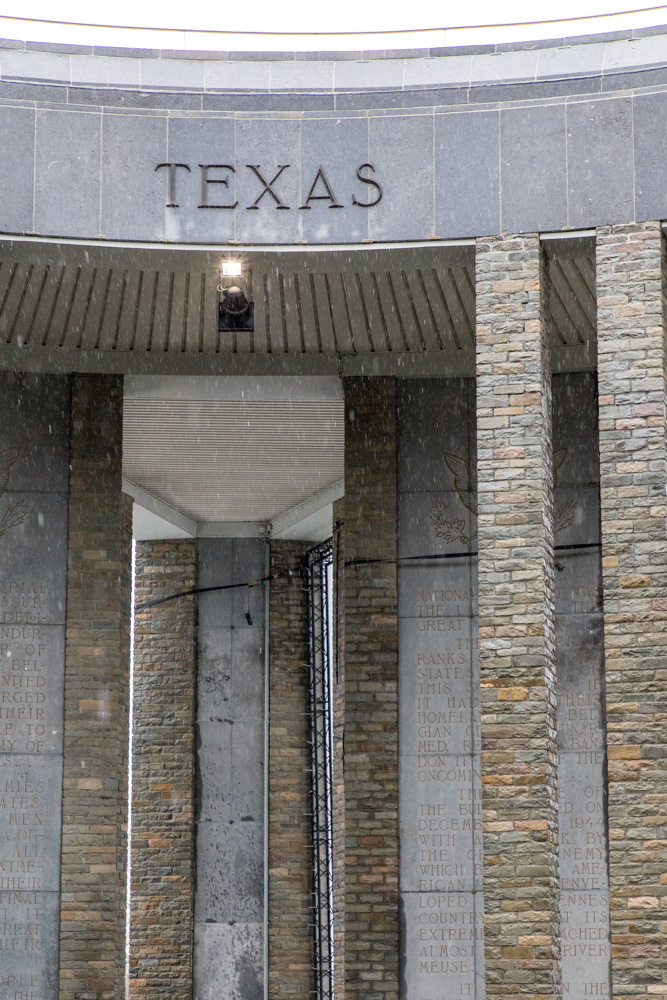
Thought it was appropriate to take a picture of my current home.
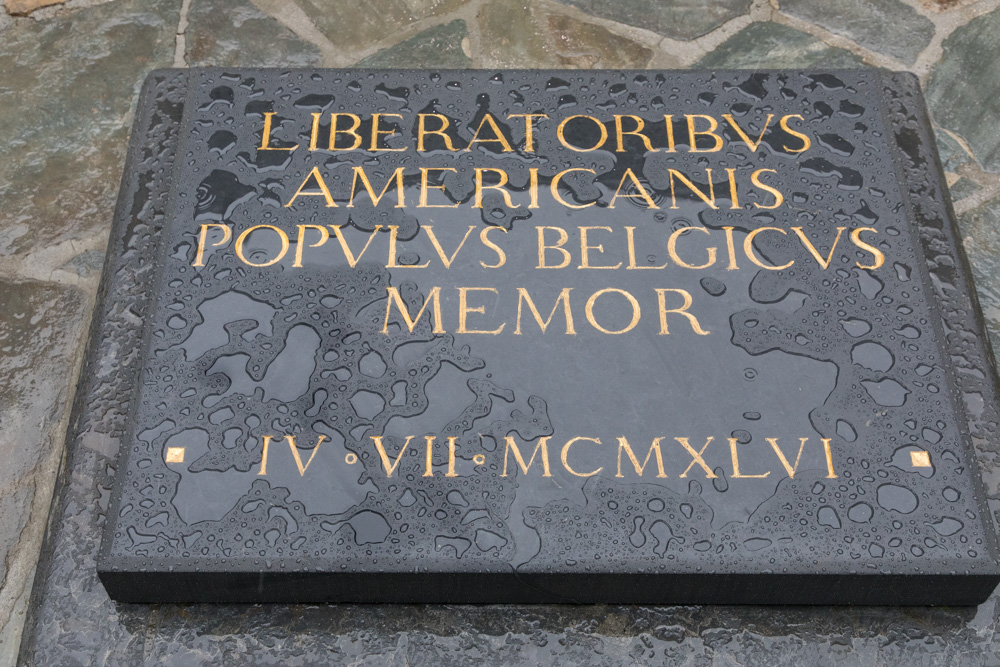
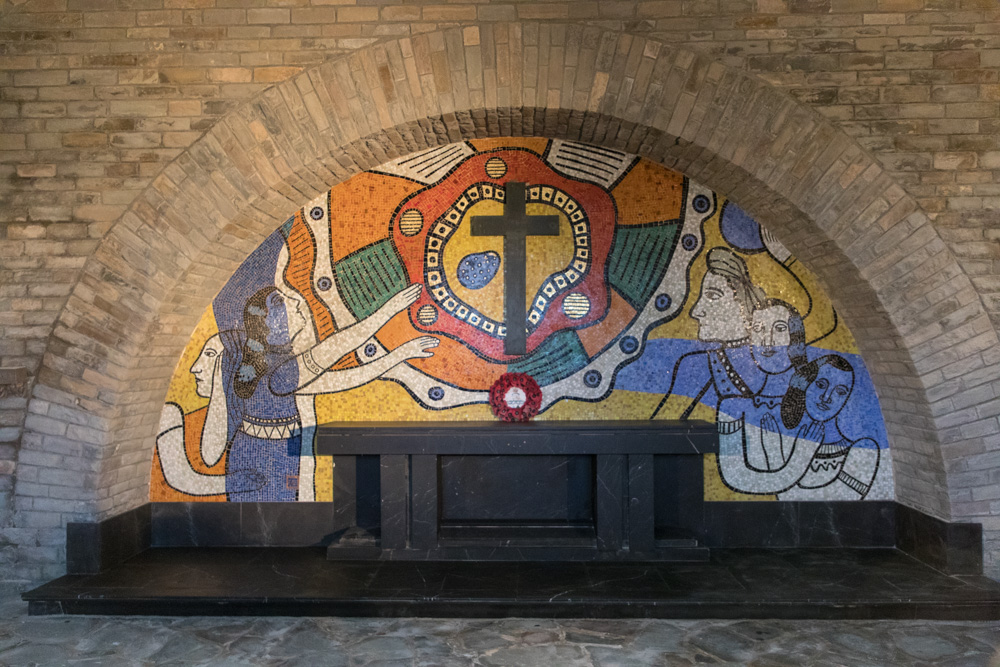
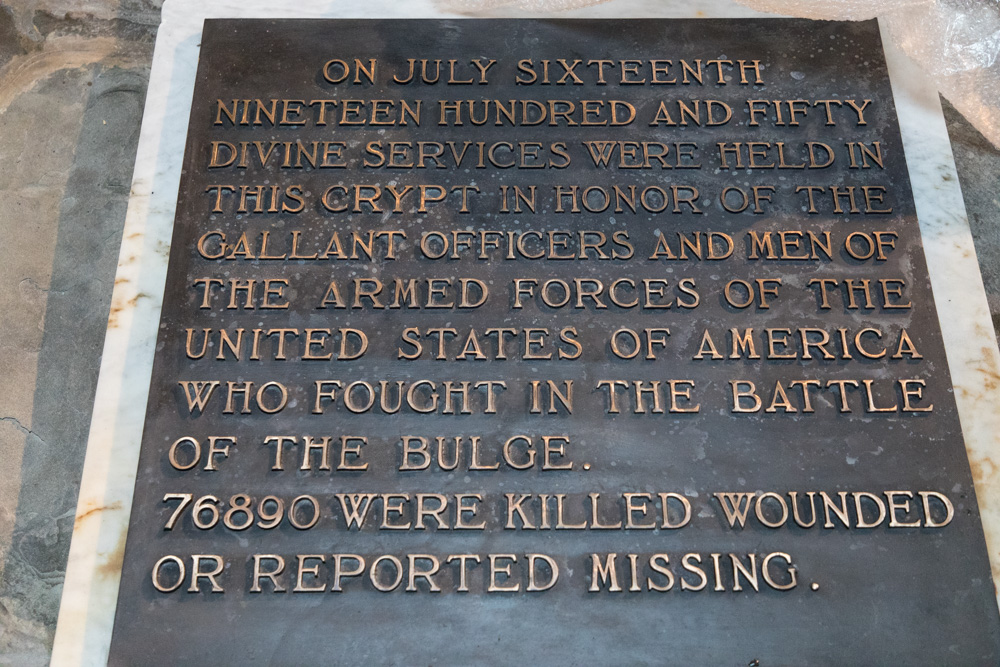
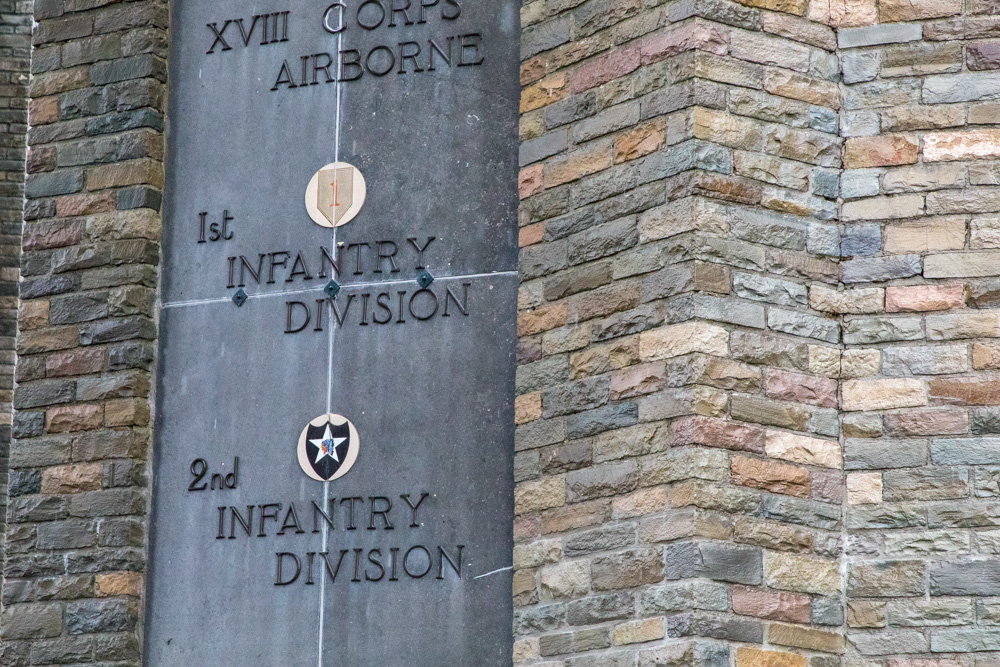
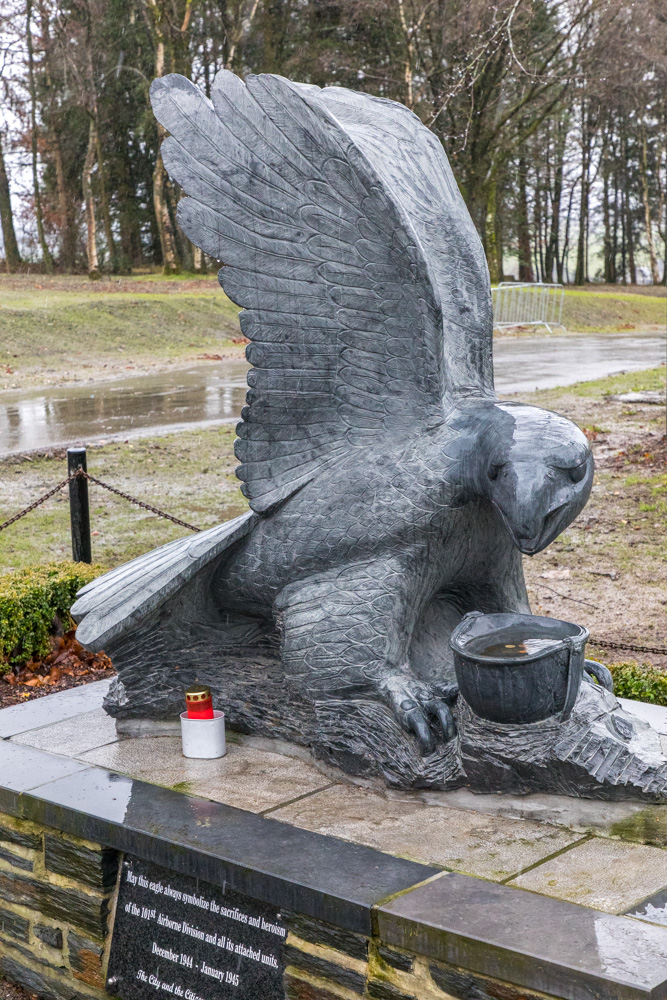
Text on the plaque:
May this eagle always symbolize the sacrifices and heroism of the 101ste Airborne Division and all its attached units.
December 1944 - January 1945
The city and the citizens of Bastogne
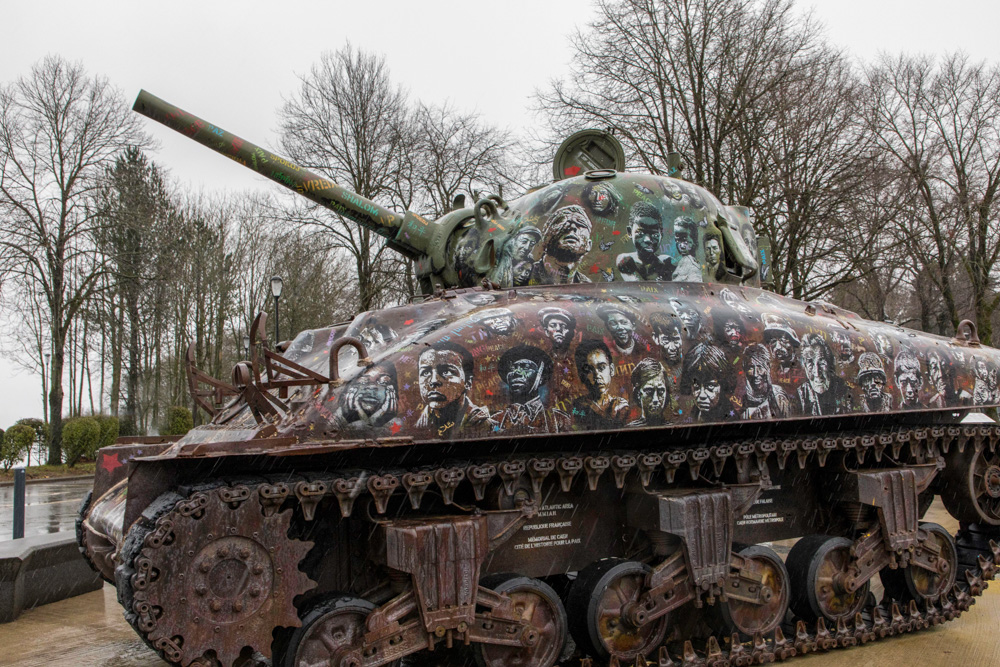
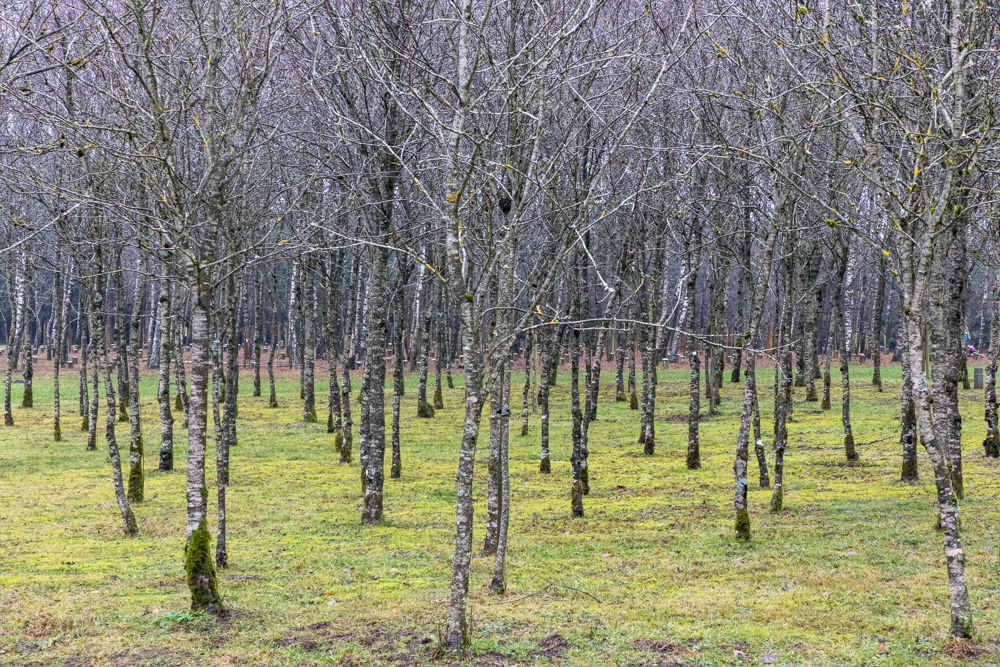
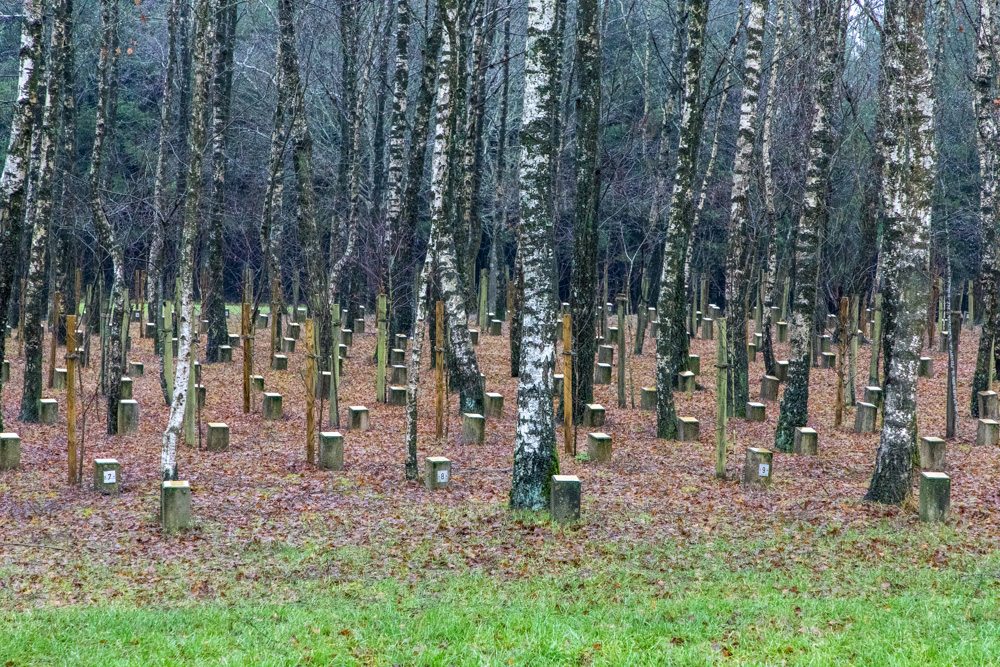
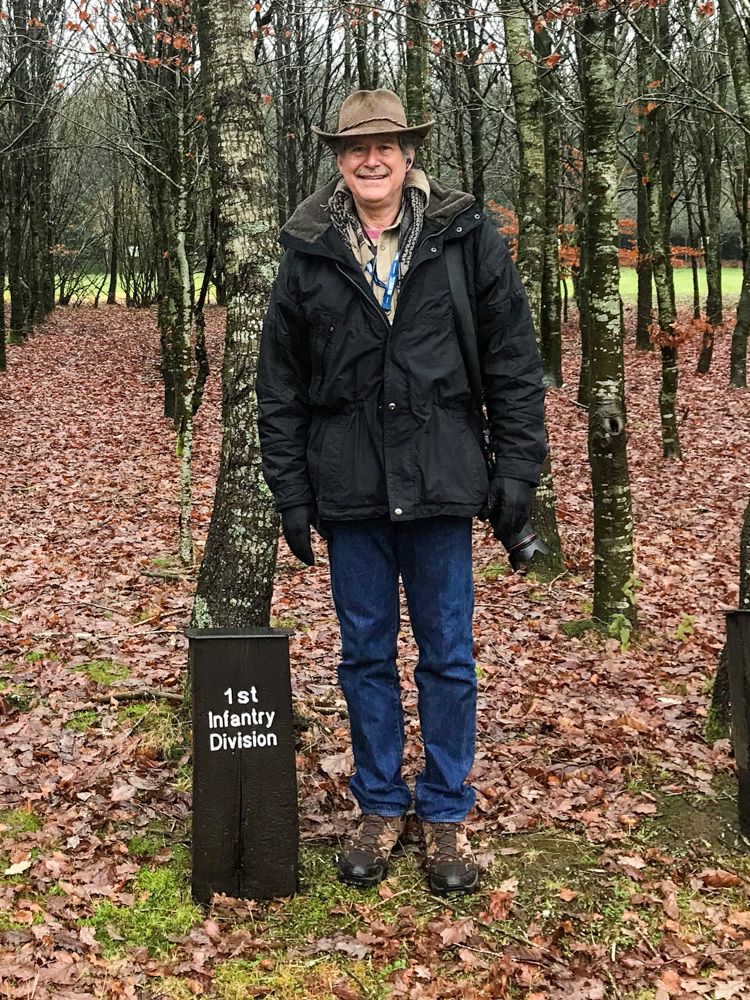
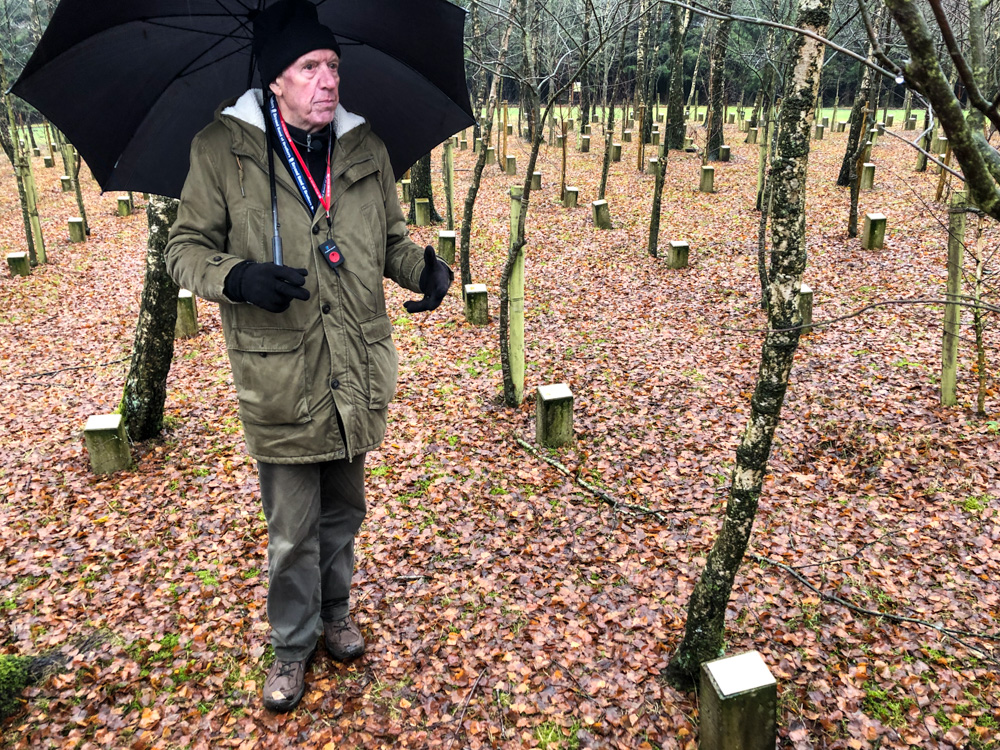
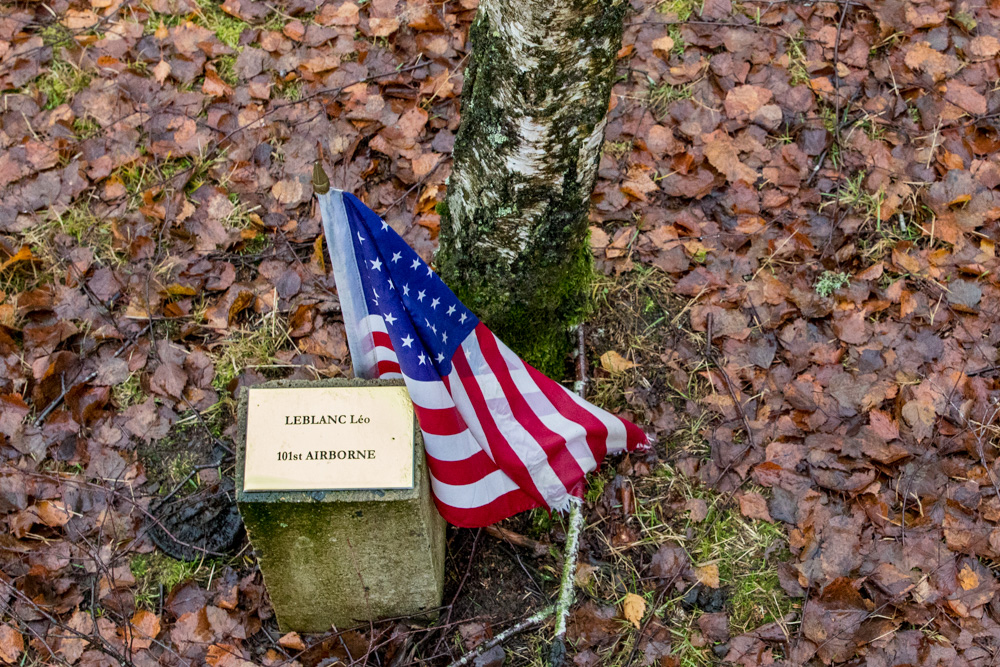
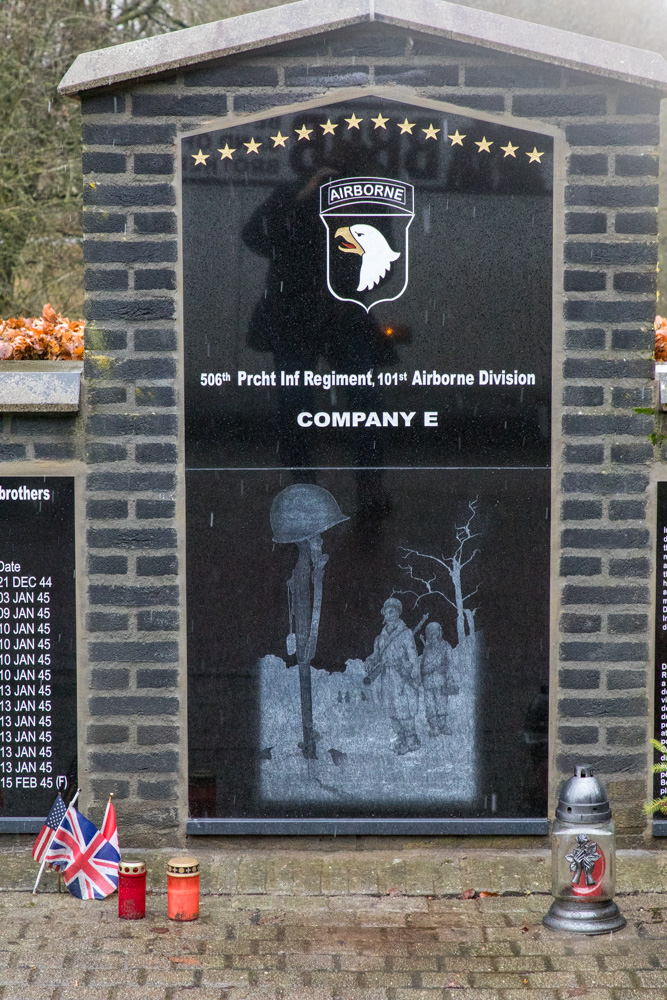
Easy company was made famous in the Band of Brothers series. The series follows a company of 101 Airborne troopers through Europe and several episodes on the Battle of the Bulge.
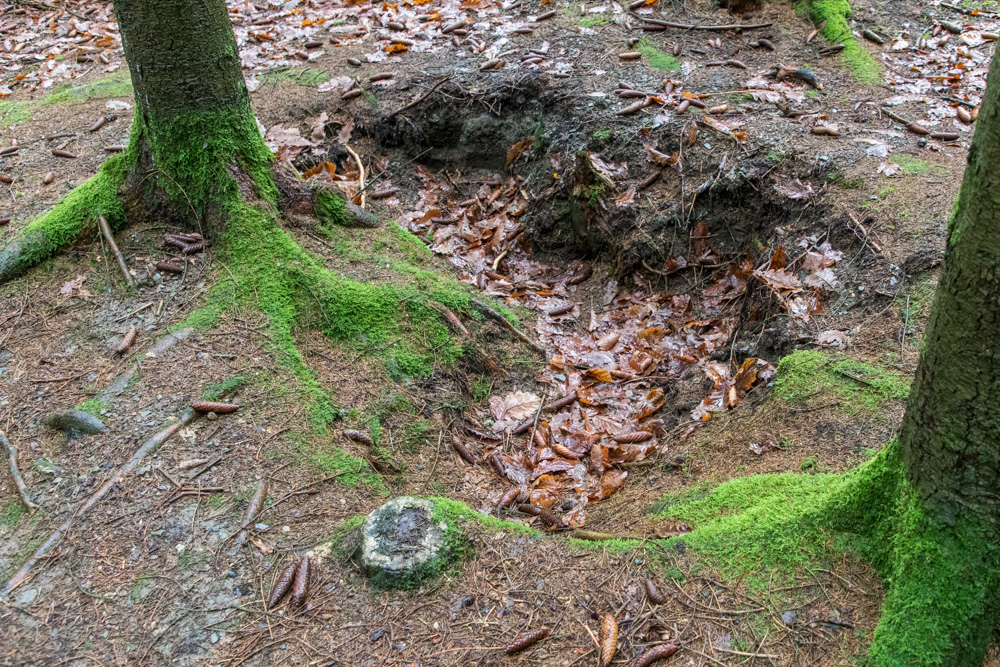
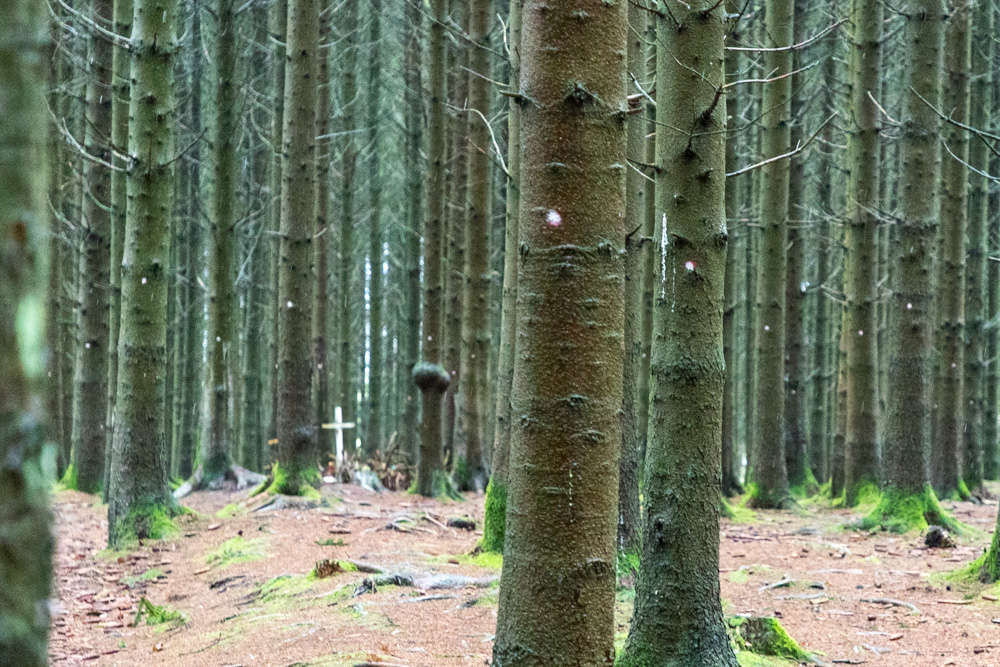
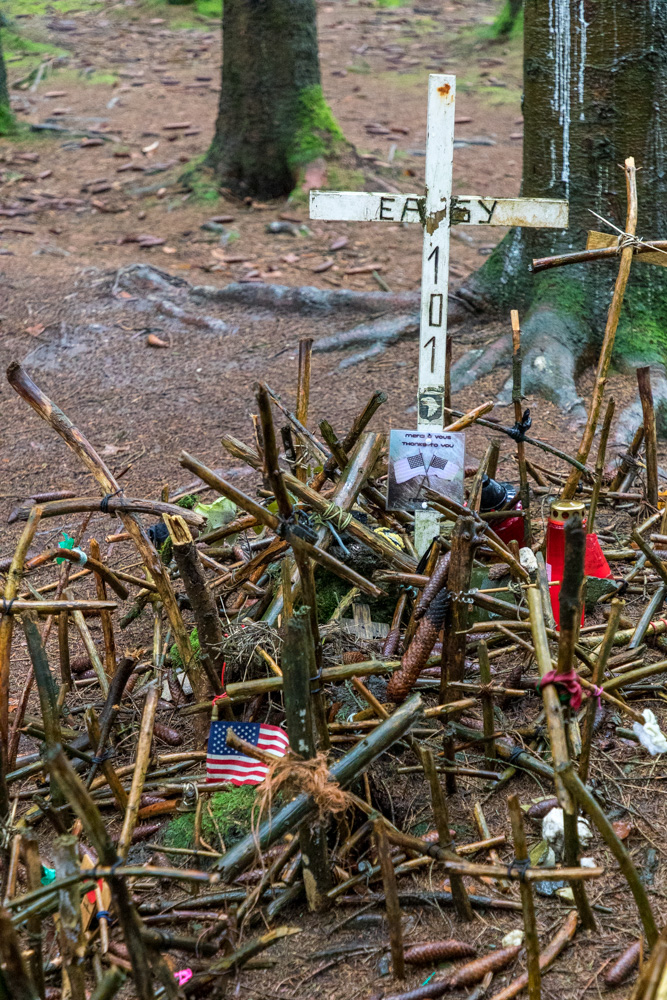
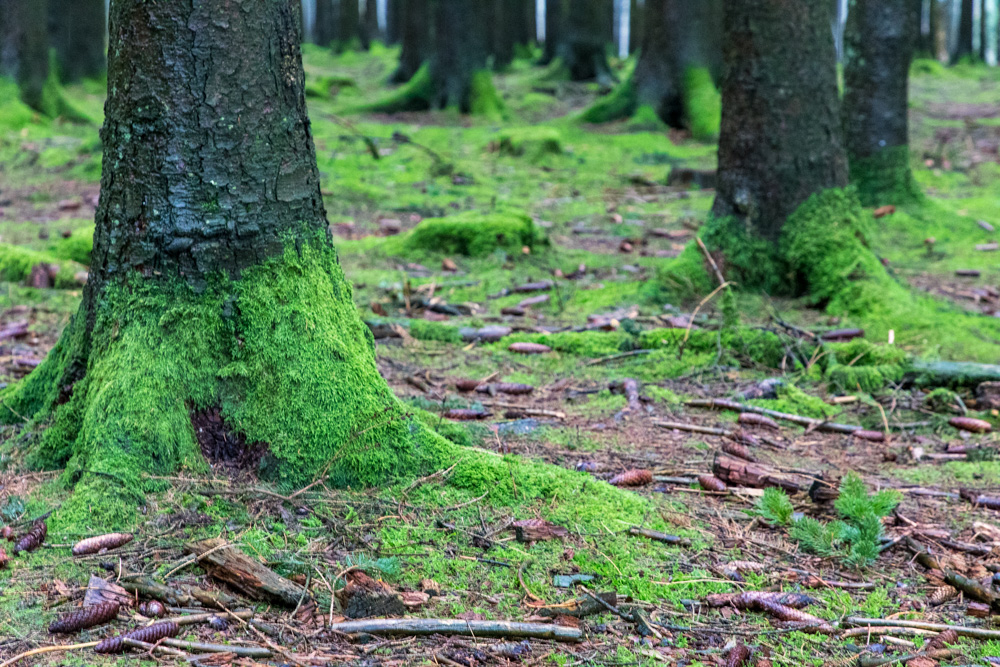
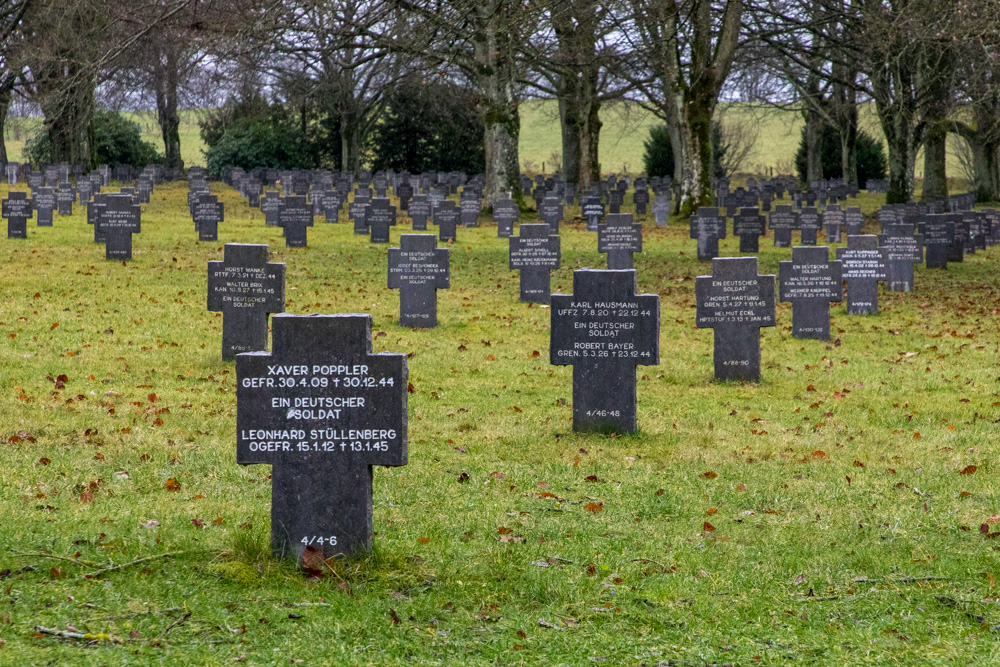

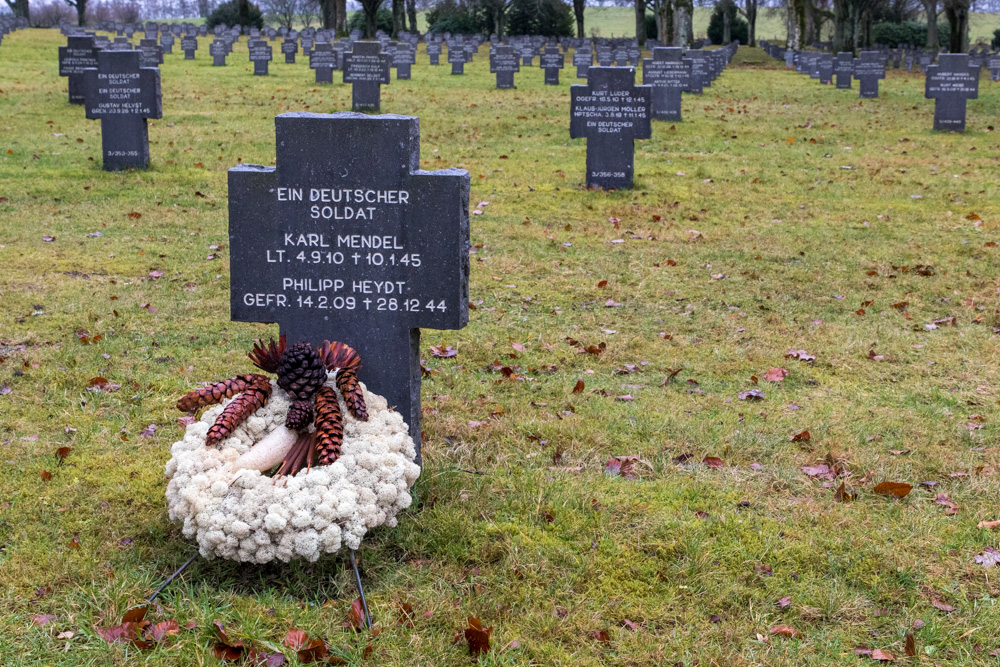
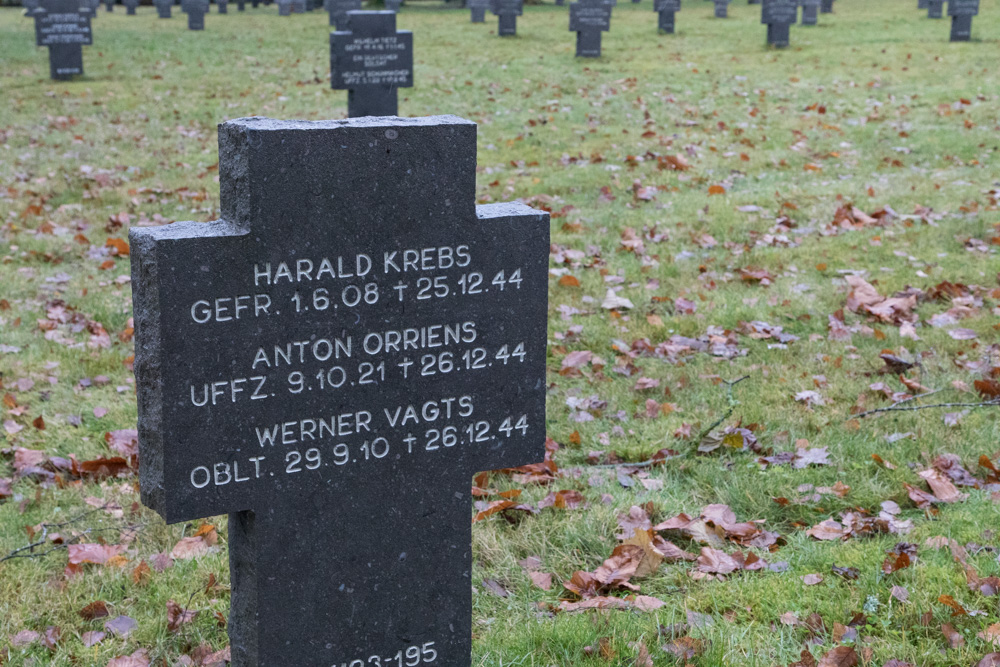
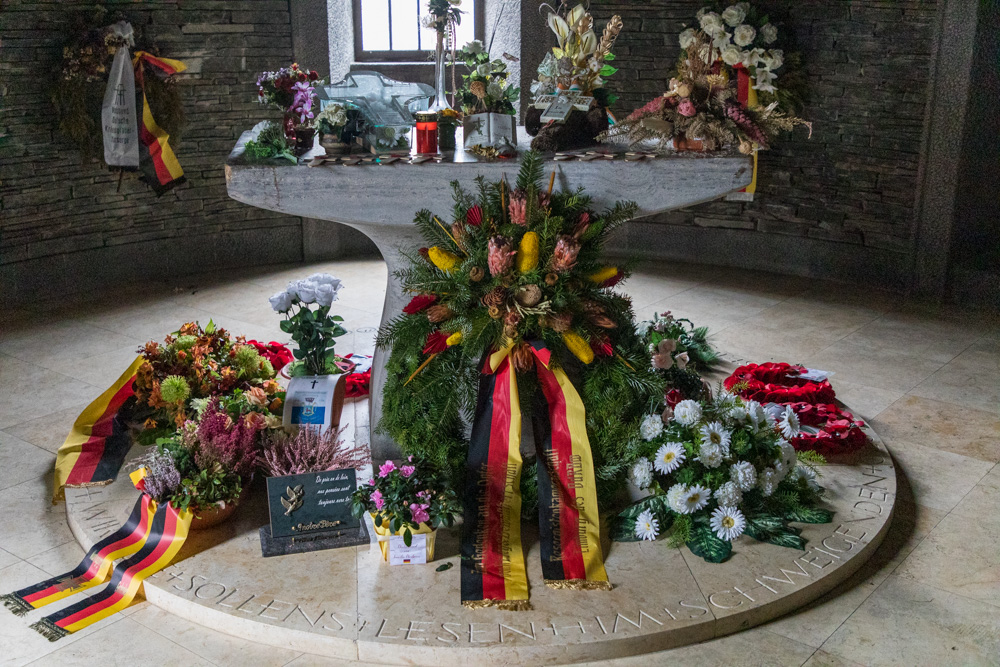
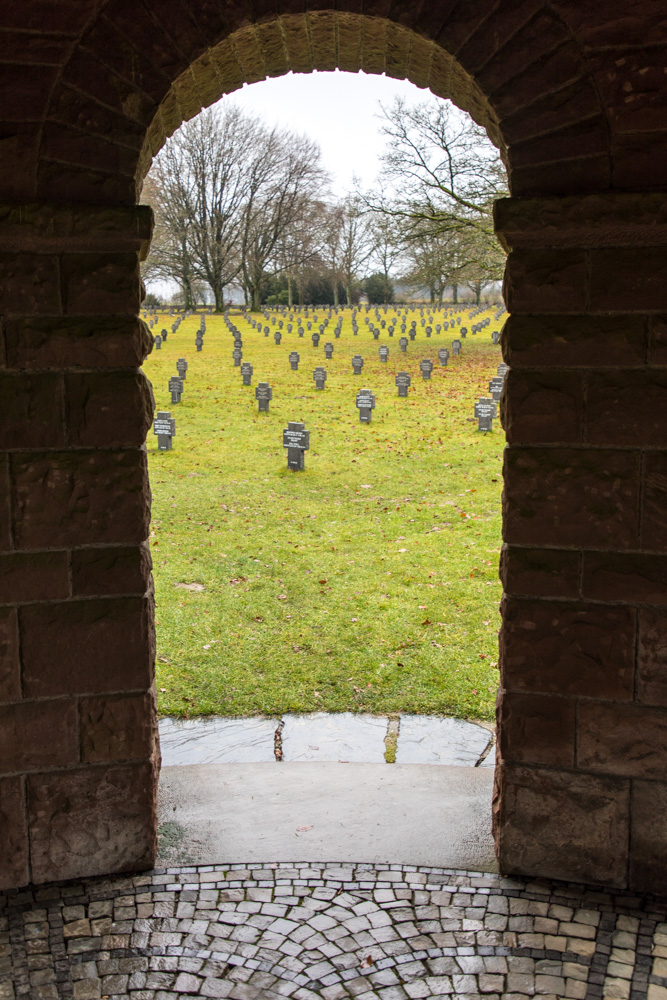
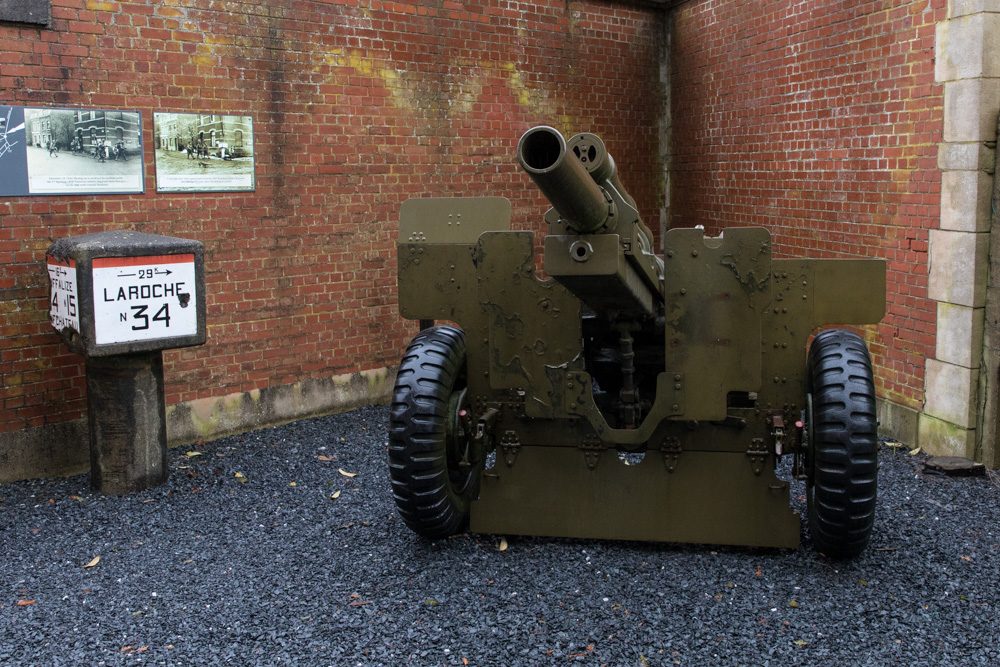
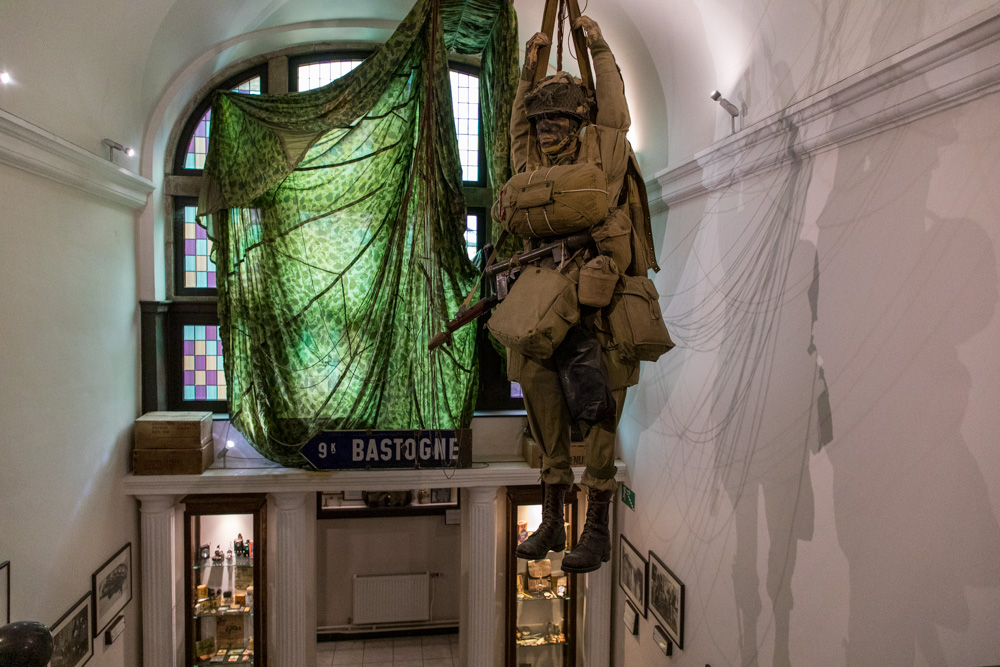
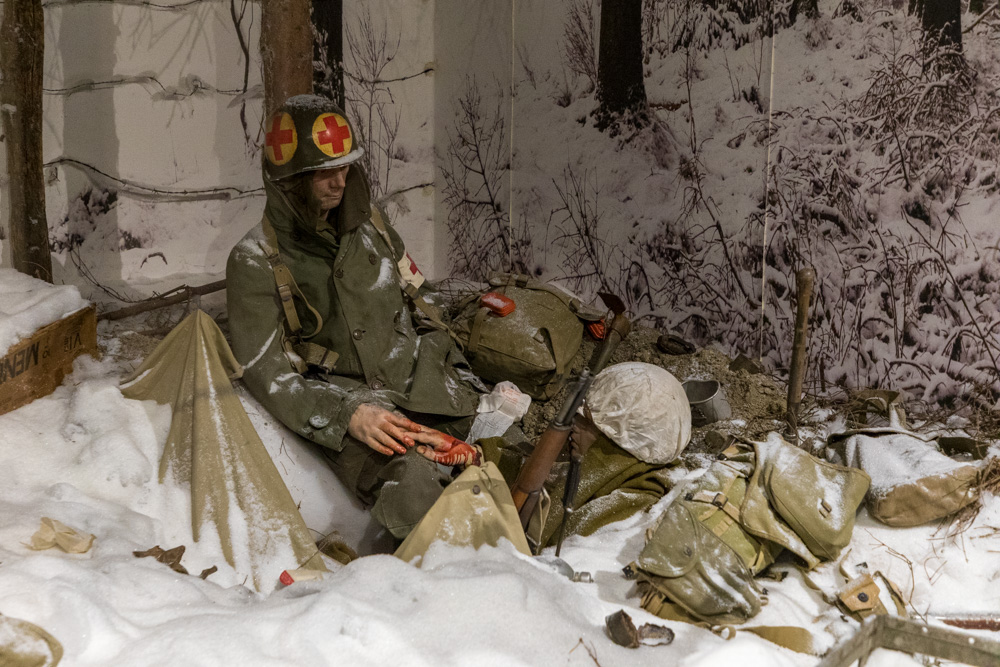
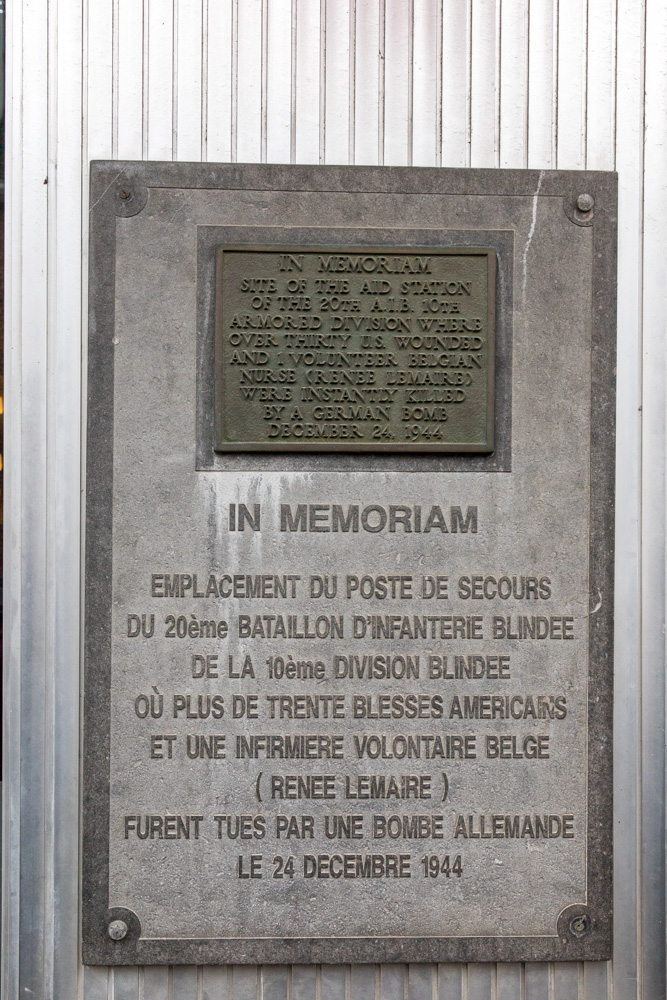
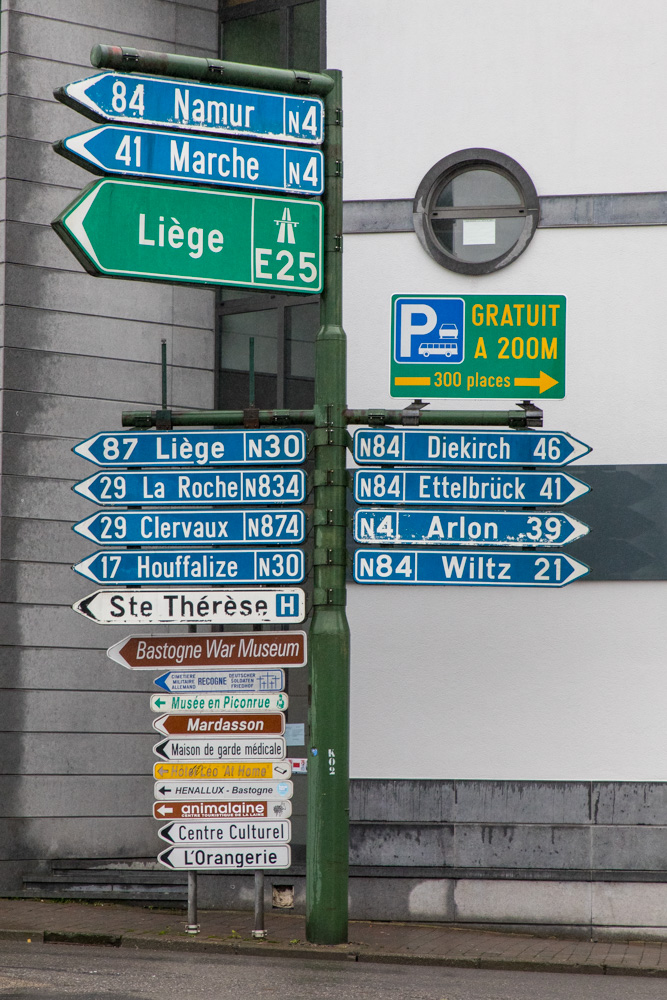
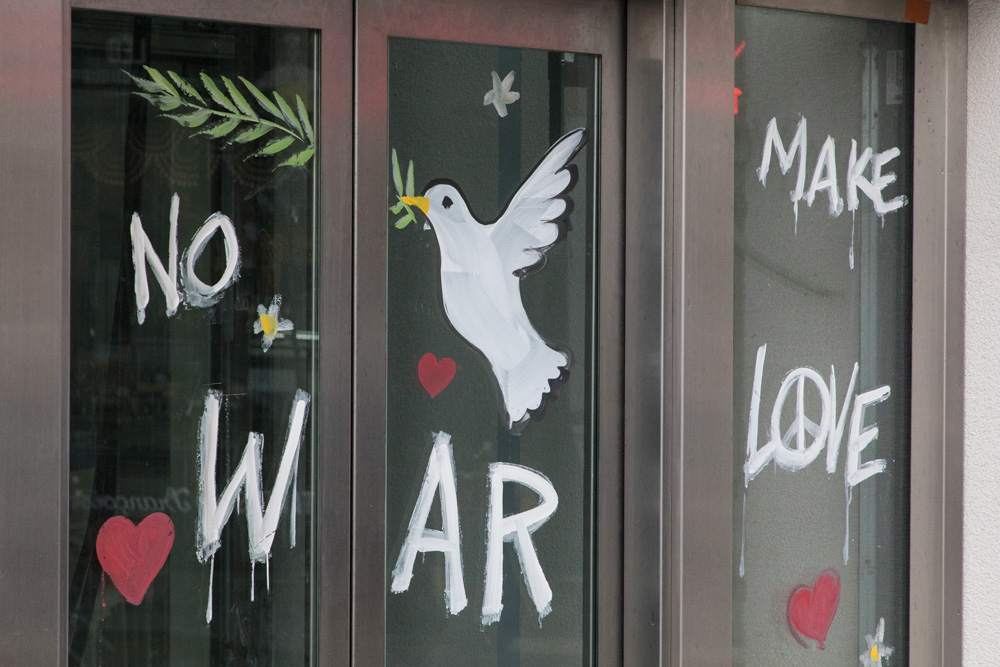
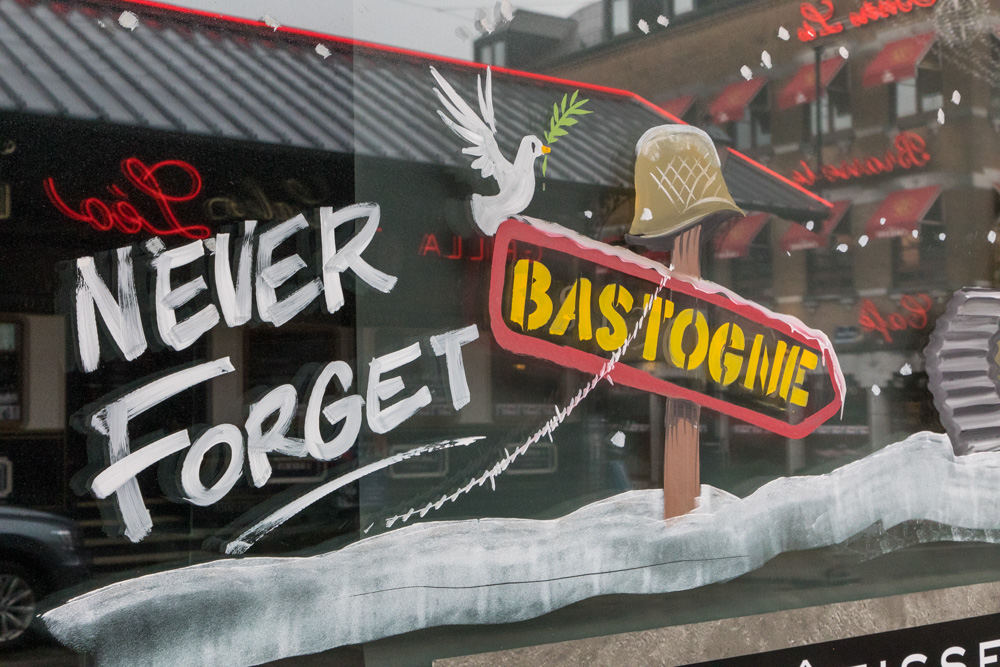
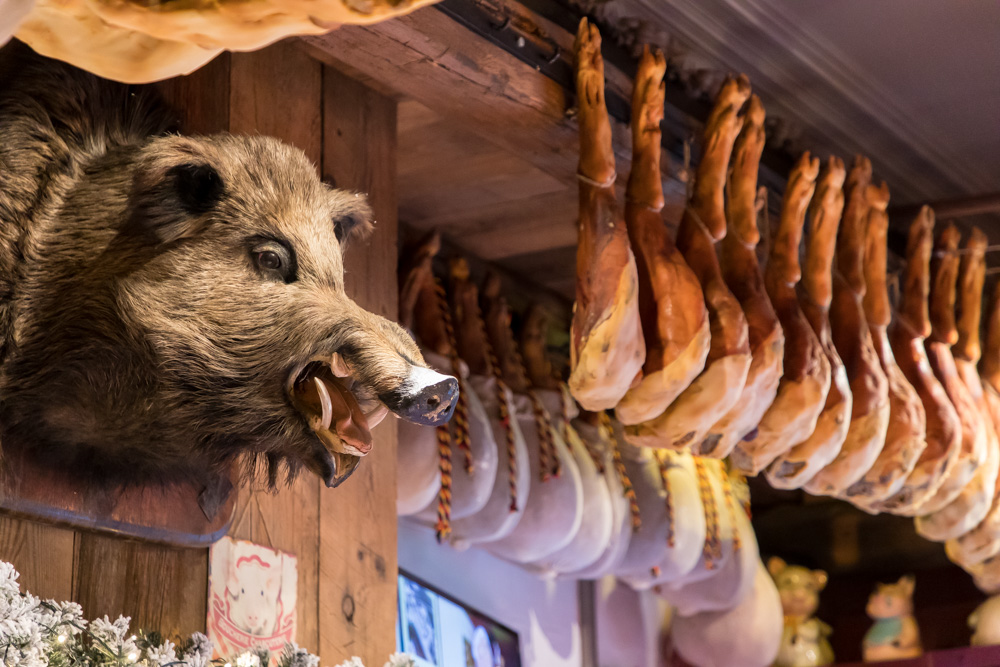
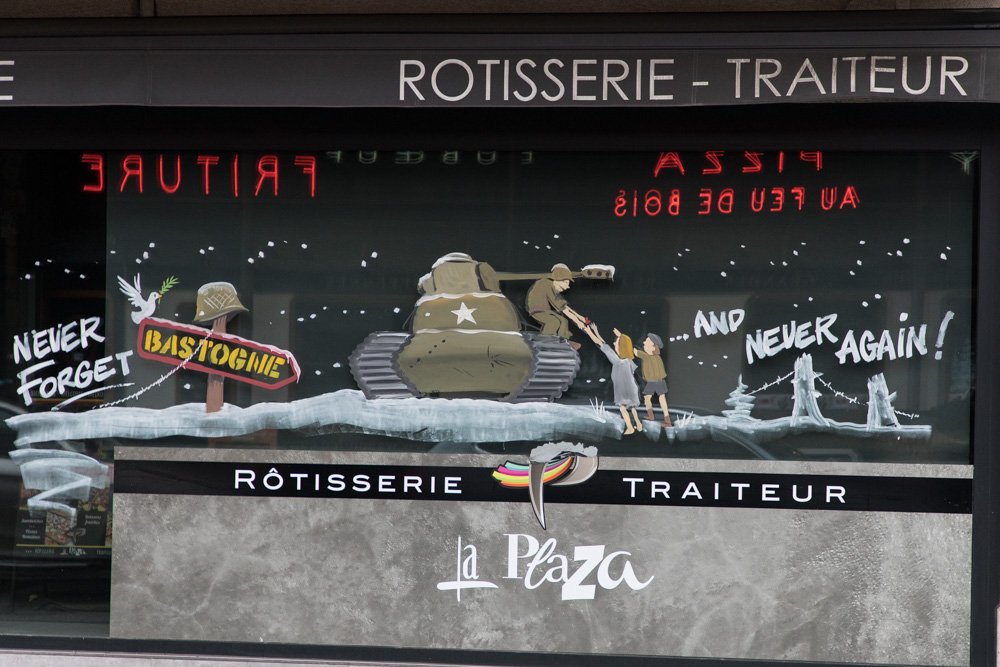
I learned a new Army acronym from this era that became one of my favorites, SNAFU, Situation Normal All Fouled Up! How many times have we been in a situation when something abnormal occurs?
